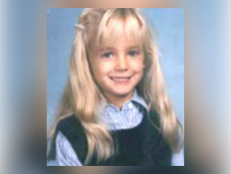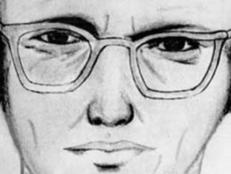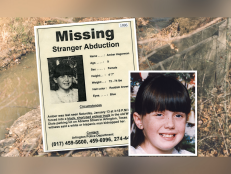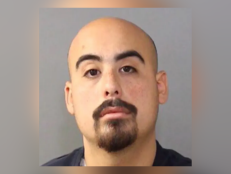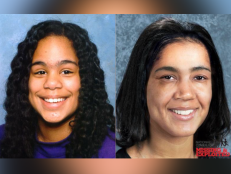New Cold Case Unit Investigates Case Of Teenager Found Dead Years After He Vanished
“This unit is a first step in getting closure for many families across our state,” the Texas attorney general says.
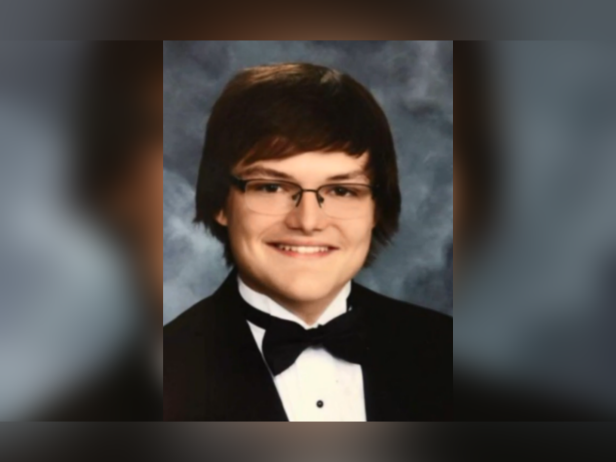
Klein Investigations and Consulting via Facebook
Thomas Brown
A team of investigators is looking back into the death of a Texas teenager in an attempt to determine if he died from accident, suicide or homicide.
In October, the new Cold Case and Missing Persons Unit formed within the Office of the Texas Attorney General took on their first case: the disappearance and questionable death of 18-year-old Thomas Brown.
Friends last saw Brown alive around 11:30 p.m. on Nov. 23, 2016, in Canadian. The high school senior missed his curfew and the Hemphill County Sheriff's Office launched a search after he was reported missing.
Brown’s personal possessions, including a cell phone, backpack, books and clothing, were discovered on a road, and his car was abandoned near a wastewater treatment plant.
According to reports, investigators at the time noted Brown’s cell phone data allegedly showed what appeared to be an internet search for a suicide hotline.
Over two years later, in the early morning hours of Jan. 9, 2019, a sheriff’s deputy located human remains off a road in Hemphill County, and dental records confirmed they belonged to the missing teenager. The remains were found 14 miles from where Brown’s car was located in 2016.
The Texas Attorney General, who took over the investigation from local authorities in 2018, then suspended the case in August 2019, claiming the available evidence did not indicate foul play.
In 2019, Brown’s family turned to Klein Investigations and Consulting in their quest to find out what happened, and the private investigation firm completed an overview of the case and reached several of their own conclusions.
The same year, Klein pointed out in an interview with KVII-TV the 14 miles “as the crow flies” between the location of Brown’s remains and where his car was found. “If you are going to have a suicide or suggest suicide or something to that effect, how did Tom kill himself and drive himself over and put himself under a tree? It makes no sense,” the investigator said.
Klein revealed luminol tests he and family conducted on Brown’s Durango to look for blood evidence showed “an enormous amount of glow inside the car” and further testing determined the blood was Brown’s, KVII-TV reported.
According to Klein, a cadaver dog alerted outside the vehicle, indicating a body may have once been inside.
In the interview, Klein outlined what he believes may have happened to Brown the night the teenager died. “Our theory has been and has always been that someone must have come up behind Tom while he was sitting in the car and shot him in the head,” he said.
The investigator explained the theory was based on the blood evidence, including a “small splatter pattern” in the SUV that could “be deduced” as coming from a gunshot wound.
Bolstering the possibility, Klein said he also found a .25-caliber shell casing in the teenager’s Durango. “We do not believe the bullet exited his skull,” he said. “What we believe is the bullet stayed in the skull but there was probably a major vein or artery hit that caused that kind of damage inside the car.”
Klein then went over phone evidence to support his theory Brown’s death was a homicide. “The last ping of Tom’s cell phone is within a 100 square yards of the football stadium at Canadian,” Klein said. “We believe the incident happened near the football stadium.”
Klein noted Brown’s body may have been “pushed to another part of the car” and then “driven out to the site” and “put under a tree about 500 feet from the roadway.”
“There is something that happened that night and somebody is responsible for this,” Klein said. “We want the killer to know we are working on this case. We want him or her to know you can't get away with murder. We want them to know we are coming after them.”
The state is also now focused on getting answers on what happened to Thomas Brown.
In a statement this fall, Texas Attorney General Ken Paxton said the recently formed Cold Case and Missing Persons Unit “will bring cases that have been left behind — whether that is due to limited resources or insufficient funding — and bring them back into the light.”
He added: “This unit is a first step in getting closure for many families across our state.”
